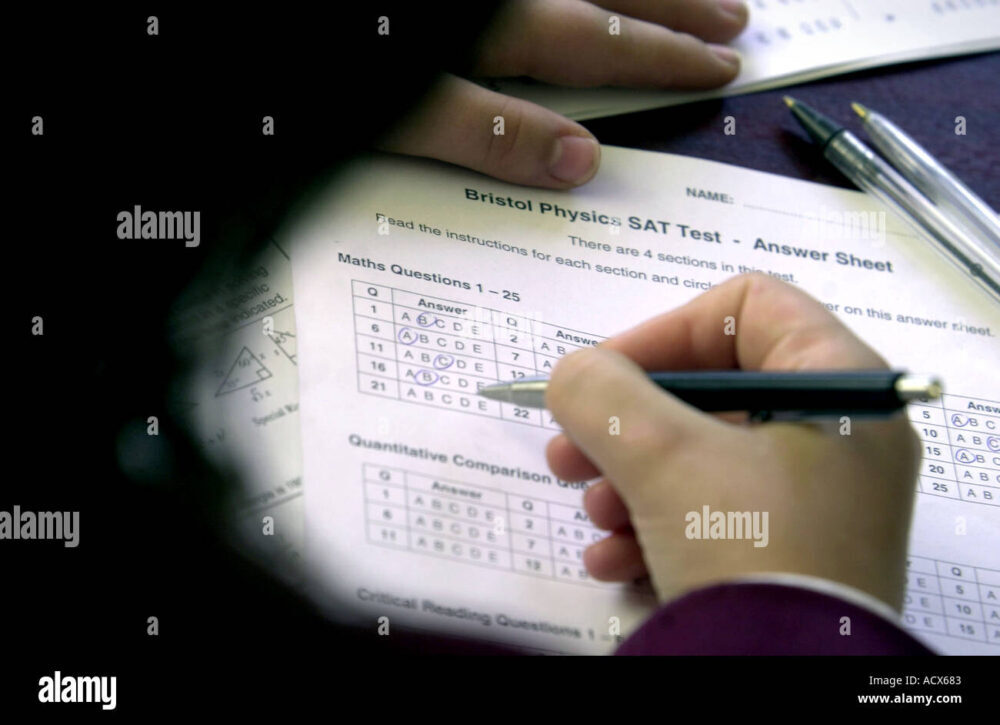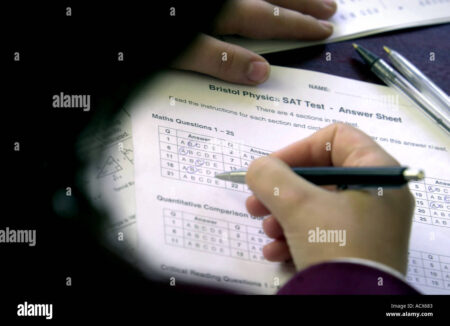
Changes to the SAT and ACT
The SAT is a college admissions exam. In the past, students applying for college took the test in rooms full of other high school students, using a pencil to fill in bubbles on a multiple-choice sheet. The test is made up of three sections: reading, writing, and math, with scores ranging from zero to one thousand. The test has changed, however, in recent years. The College Board is moving toward a paperless test in November of 2021, after a pilot program in which four-fifths of test takers said the paperless version was less stressful.(Changes to the SAT)

New version of SAT
The College Board is planning to eliminate the paper SAT and the ACT in the fall of 2023. The SAT was first administered on paper in the 1970s, and the new version of the test will be digital. The changes are intended to simplify the test, which has been criticized for its difficulty. It will include fewer questions and a shorter reading passage, but the scale will remain at 1600. It will also include accommodations for students with learning differences.
The new SAT math section is centered on algebra and data analysis rather than geometry. It also includes questions requiring pre-Calculus math and application of math reasoning to situations. The test will include two multiple-choice sections, one of which is timed at 25 minutes. The test will be available in both paper and pencil and will include several math-related essays. Those who take the SAT may want to take both sections, and the SAT has changed to accommodate this change.
New Math section
The New Math section of the SAT is a major overhaul. It will consist of 41 identifiable math skills, four anonymous passages, and a new vocabulary section. This section will focus on subjects like algebra, geometry, and trigonometry, but will not test the more advanced topics such as calculus. It also will test your ability to solve word problems and understand quantitative literature. Unlike the previous SAT, you will be able to use your calculator for most of the section.
The SAT math section is composed of two parts. The first section is calculator-free, while the second one allows you to use a calculator. There are four content areas in the math section: Heart of Algebra, Problem Solving and Data Analysis, and Additional Topics in Math. Each section consists of four multiple-choice questions. To help you prepare for the New Math section, here are some tips.
New Writing essay section
The New Writing essay section of the SAT has undergone major changes this year. It no longer asks students to explain the author’s point of view or rationale, instead requiring them to identify rhetorical tactics. While the passages on the essay portion of the test are comparable in length to the Evidence-Based Reading test, they will be more controversial. The Essay section contains four passages ranging in length from 400 to 450 words each. The passages will have three grammatical errors to fix. The passages are equally divided between a contemporary and a historic time period.
College admissions officials have been increasingly concerned about the impact that standardized tests have on their students’ chances of getting into elite universities. The College Board, the organization that administers the SAT, has made changes to reduce the amount of standardized tests given to students and make the testing process more rigorous. However, the new SAT has prompted several student questions, most of which revolve around the differences between the Essay and Writing sections. The essay itself is now optional, but the two parts are still similar.
New time limits
The College Board recently announced plans for major changes to the SAT. Students will no longer take the test on paper, and will instead complete it on laptop computers at testing centers. Time limits for the exam will also be reduced from three to two hours. The changes will begin in 2024 in the United States and 2023 in other countries. The changes are designed to make the test more secure and easier to administer. The SAT is considered one of the most important tests for college admissions. Despite its reputation as one of the most important tests for college admissions, the changes will be difficult to implement.
The College Board has made the SAT more student-friendly by removing penalties for incorrect answers, making the essay part optional, and deleting the obscure vocabulary section. However, students will still need to study for the new SAT, as the new time limits will impact their scores significantly. In addition, the College Board is planning to discontinue subject tests in languages, math, and U.S. history, so students will need to make sure they familiarize themselves with the new format.
New analogies
The SAT is a standardized test that tests students’ ability to apply abstract and procedural logic and reasoning skills to solving problems. It was criticized in 2005 for using analogy questions, which are irrelevant to college success and a confusing format. After being reintroduced in 2010, analogy questions have not received much attention from students. This may be due to student dissatisfaction with the format, as well as a lack of effort to answer them.
As a result, the College Board has made the SAT more comparable to what college students learn in classrooms. They have also improved the reading and writing sections of the test while eliminating the most controversial portion: the verbal analogies. Instead, the verbal section of the SAT now consists of antonyms, “double definitions,” and paragraph reading. This has led to a plethora of critics saying the SAT is rigged against black and Hispanic students.
New comparison questions
Examiners have removed the analogies questions from the current SAT. These questions ask whether A is greater than B. The older SAT does not have a Writing section, so students should focus on grammar and question types instead. Also, the Evidence-Based Reading and Writing section now has nine extended passages with multiple questions tied to them. The remaining fifty passages will have one question per passage, with some questions also containing informational graphics. The shorter passages also increase the range of ideas, information, and content on the test.

Comments (0)